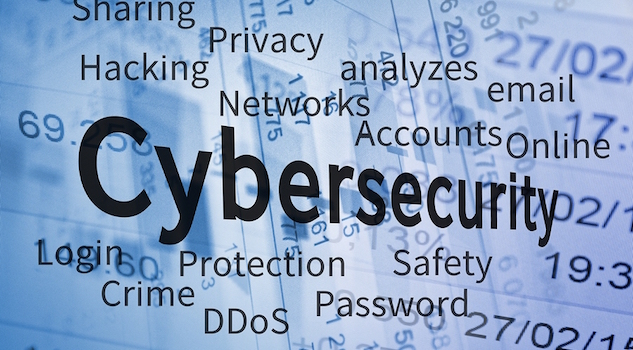Cybersecurity rarely leaves the pages of the nation’s newspapers or the minds of business executives responsible for protecting their organisations. While much of the focus is applied to larger companies, the problem is no less real for SMEs.
Small and medium enterprises (SMEs) make up 97 per cent of all businesses in Australia employing nearly 5 million workers and contributing nearly two-thirds of GDP. The impact of inadequate cybersecurity measures for these companies is not only significant for them and their customers, but for the broader economic landscape.
SME leaders often cite the cost and complexity of implementing cybersecurity measures as a reason for not doing so. These concerns are particularly acute at the current time, with smaller businesses now accounting for the majority of reported cyber breaches in Australia.
However, far from being an onerous and costly task, cybersecurity can act as a business driver for SMEs, contributing to ongoing success in an increasingly competitive and uncertain market.
Safe sells
Customers are now more discerning than ever. The ability to research not only products, but brands, suppliers, and even supply chains means SMEs compete on far more than cost or quality.
In this environment, being able to demonstrate a strong cybersecurity system helps reassure customers not only that their data is safe, but that the company is conscientious and trustworthy. This, in turn, builds brand loyalty and helps stave off increasing competition from around the world.
Establishing this reputation also helps handle the impact of any potential breach, with customers assured that the company would have taken the appropriate steps to attempt to avert a cybersecurity incident.
Powering productivity
Digital transformation is key to the survival and success of any business. New technologies and policies – such as cloud-based capabilities and leveraging Internet of Things (IoT) devices – are key to powering productivity and performance, and opening up innovative new opportunities.
However, new opportunities bring new threats, opening up a bigger target for hackers. These concerns often prevent SME leaders from investing in them and unlocking the potential they offer.
A holistic cybersecurity strategy can help overcome these concerns. Having a basic risk assessment, along with a plan and process for cybersecurity, will go a long way. These tools, which often also automate many tasks, free up IT managers’ to focus on the technologies that will improve the business’ overall performance.
Automate to up performance
In the latest statistics on notifiable data breaches in Australia, human error accounted for over one-third of all reported data breaches, ranging from unintended information disclosure to wrong email recipients and loss of data storage devices.
In SMEs, overworked employees can often exacerbate this problem. By implementing digital tools which speed up or automate many routine tasks, workers are more productive and less likely to make mistakes which could lead to a cyber attack.
These tools also allow employees to focus more on the creative, innovative thinking that will help businesses differentiate themselves and ultimately succeed.
Agile security
SMEs must battle economic headwinds, competition from around the world, and a lack of consumer confidence, all while continuing to innovate and digitally transform.
In this environment, it is easy to see why cybersecurity can slip down the agenda. But investing time and resources in a robust cybersecurity strategy can deliver tangible return on that investment.
By embracing their greatest strength – the agility that comes with smaller size – SMEs can adapt to developments in the cybersecurity landscape and turn it to their advantage. The challenge may be significant, but if SMEs act now, the opportunity is even greater.
George Anderson, Director of product marketing for business, Webroot











